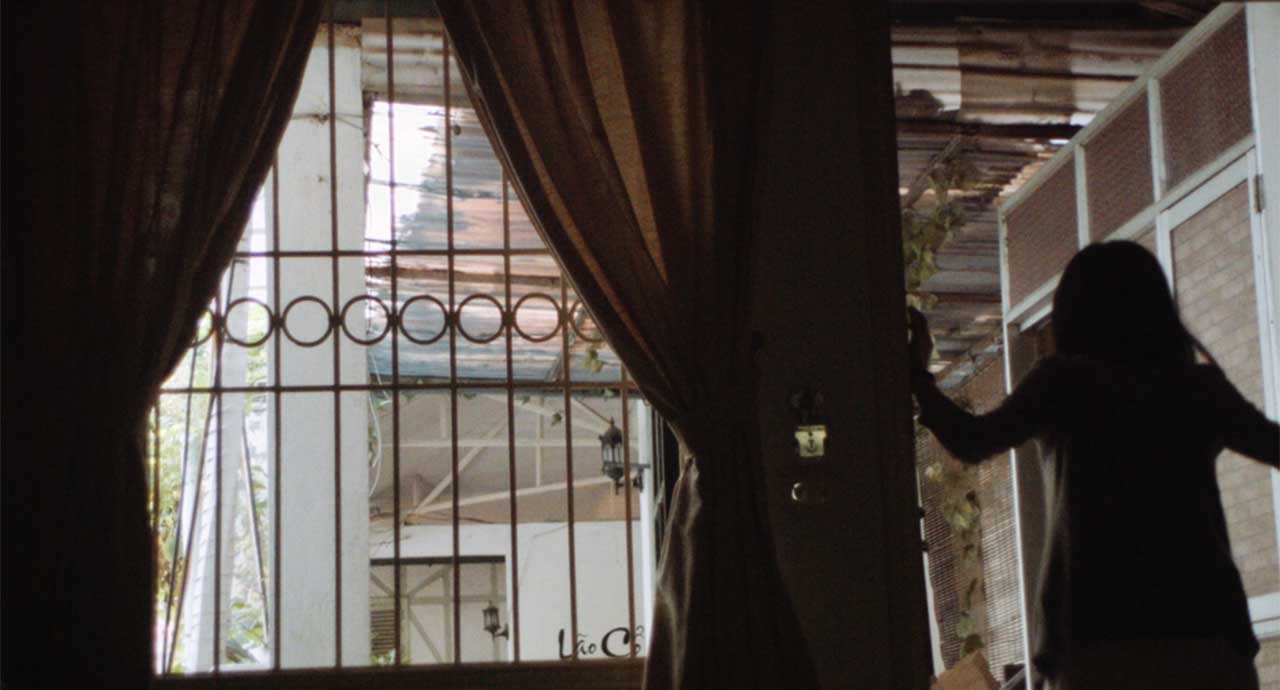The Misunderstood – Signified or the Signifier?
Cinema has always been a blend between physical reality and the imaginary. Giving us ground to tread on the intangible, it enables us to represent the physical with emotions, or the imaginary. This is the basis of all visual narratives, from a root idea that sprouts into what appears on the screen.
Directors place the “signified” in front of a camera, and their direction gives the symbols meaning on screen. Consequently, these symbols uphold their directors’ voice in cinema. The auteurism of the film is what makes cinema a powerful, individual experience — no two voices are the same.
Mostly, filmmakers attempt to capture physical signifiers that eventually, transform onscreen into what the director is trying to explicate. The message is now easier to understand; similar to how editing a fully observational documentary removes subjectivity and makes implicit the filmmaker’s message. The film is now something the director is trying to portray — the signified.
In The Mist, Liao attempts to blur this take on cinema using his own vague, meditative piece. He tries to capture the physical form using dance and the doll-like, artificial stillness of two physically similar individuals, or “simulacra”. They stare into the distance — and into the audience — with an intimate yet unsettling intensity, which engulfs the audience in a stoic mood.
The film slowly but surely precipitates into a landscape of mist.
The Mist leaves the audience unable to fully comprehend their experience, struggling to reconcile what is the “signified” or the “signifier”. Liao also forces the viewer to toe the line between the physical and the intangible. The repetition, albeit by two different individuals and of two different acts, is an attempt to change our relationship with the film.
According to Liao, the idea was to place two identical men/women in a dimly lit room, where they would each perform movement sequences, while narrating stories about their memories of a place that only they know at key points. After which, both performers would repeat this with their roles and places swapped. The similarity between the two individuals confuses the audience, and we grapple with what the signifiers are, as well as what the director is trying to signify.
The Mist is an exploration of individuality and how memories belong to you, and only you. By acting out the different actors’ “memories”, the film challenges what is considered personal. This is akin to cinema, where experiences can be very personal.
Liao creates this duality on many fronts — signifier/signified, reality/imaginary, yours/mine, and even in the choreographed “dance”. He posits, is this dance or is this normative daily movement?
This film, created as part of a dance film lab at Hanoi is his first foray into dance as well as dance films. And due to the short duration of the lab, each filmmaker/dance-maker was only given half a day to shoot and edit their film before screening their work-in-progress at the Hanoi Cinematheque.
Liao instructed the actors to ensure their movements fell somewhere between what they understood as dance and what is normative. Infusing the film with dance that borders on daily movement created the ambiguity and duality in the film that this piece has discussed thus far.
However, aside from being unable to reconcile what the signified is, the audience is also unable to clearly comprehend what was reenacted, which can be considered a limitation of The Mist.
In documentaries such as Joshua Oppenheimer’s The Act of Killing or Errol Morris’ The Thin Blue Line, the reenactments present a clear and succinct message or have an aesthetic, physical form. And by watching those reenactments, the audience easily understands what the director’s intentions are. Through Liao’s reenactment of different yet similar scenarios, we get caught in the fog of his message of duality, and this is his challenging of various cinematic notions.
The films in all merits, gives the audience a sensory and emotive experience, and in a way, the physical is translated into something intangible. However, upon the first reading of the film, it may not achieve this effect on viewers. If it was Liao’s intention to blur out cinematic boundaries, he definitely created a mist, but perhaps at the expense of some clarity.
The director is in the progress of developing a longer dance film under the same umbrella of Cinemovement.
Catch Liao Jiekai’s The Mist in Programme 1 of the Southeast Asian Short Film Competition on 2nd December (Friday), 7:00pm, at the National Gallery Auditorium.





